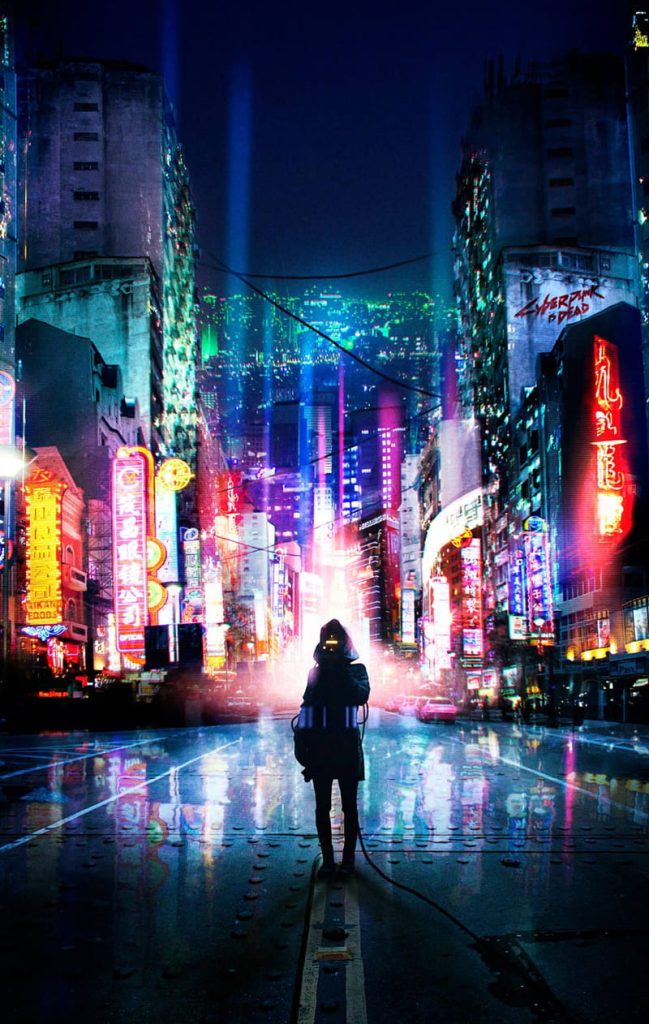The cyberpunk genre was founded on the works of Blade Runner (1982) and Neuromancer (1984), whose descriptions of vast, dystopian cities have come to symbolize the genre stands for. These cities are characterized by a blend of low-life existence and high-tech innovations. The environment is filled with tall skyscrapers towering over the crumbling urban sprawl and neon lights reflecting off rain-soaked streets. In both works, the contrast between wealth and poverty, futuristic technology, and urban decay emphasizes the cyberpunk theme of society collapsing when there is major technological advancement.

In Blade Runner, Ridley Scott depicts a chaotic, overcrowded Los Angeles in 2019. The city is full of tall skyscrapers, dimly lit alleys, and nonstop rain, all illuminated by neon signs. The wealthy elite lives in the city’s upper classes, while the poor and marginalized people all belong the lower classes. The divide creates a striking contrast between the rich and the poor. By bringing together advanced technologies—such as flying cars and replicants—with the existence of urban poverty and street markets, the visual landscape highlights the chasm between those who have gained from technological advancements and those who have fallen behind.

Similarly, William Gibson’s Neuromancer imagines a dystopian future in which urban decay and technological advancement characterize cities like Chiba City. Chiba City is said to be a place where “the sky was the color of television, tuned to a dead channel.” The low-life element is always present in the form of criminal organizations, street vendors, and hackers like Case. Still, the neon lights of its streets, with their vibrant and artificial glow, reflect the technological influence that permeates the city. It again creates another stark contrast with the decaying urban landscape. Soaring megacorporations dominate the huge cityscapes, but beneath their control is a world where underprivileged people struggle to make ends meet while being in the shadows of these powerful companies.

Conclusion
Technology is expected to be more advanced in the future, as shown in Blade Runner and Neuromancer, but people will be more disengaged with each other than ever because of technology. The cities depict by these works within the cyberpunk genre are brimming with life, but it’s a life that’s often dehumanized because of the emphasis on technological advancement. People at the bottom of society struggle to survive in an environment dominated by corporations and machines. The characteristic neon-lit cityscapes and the ‘high-tech, low-life’ dynamic have consolodated these works as essential foundations of the cyberpunk genre, influencing its thematic and visual display over the years.
Published by